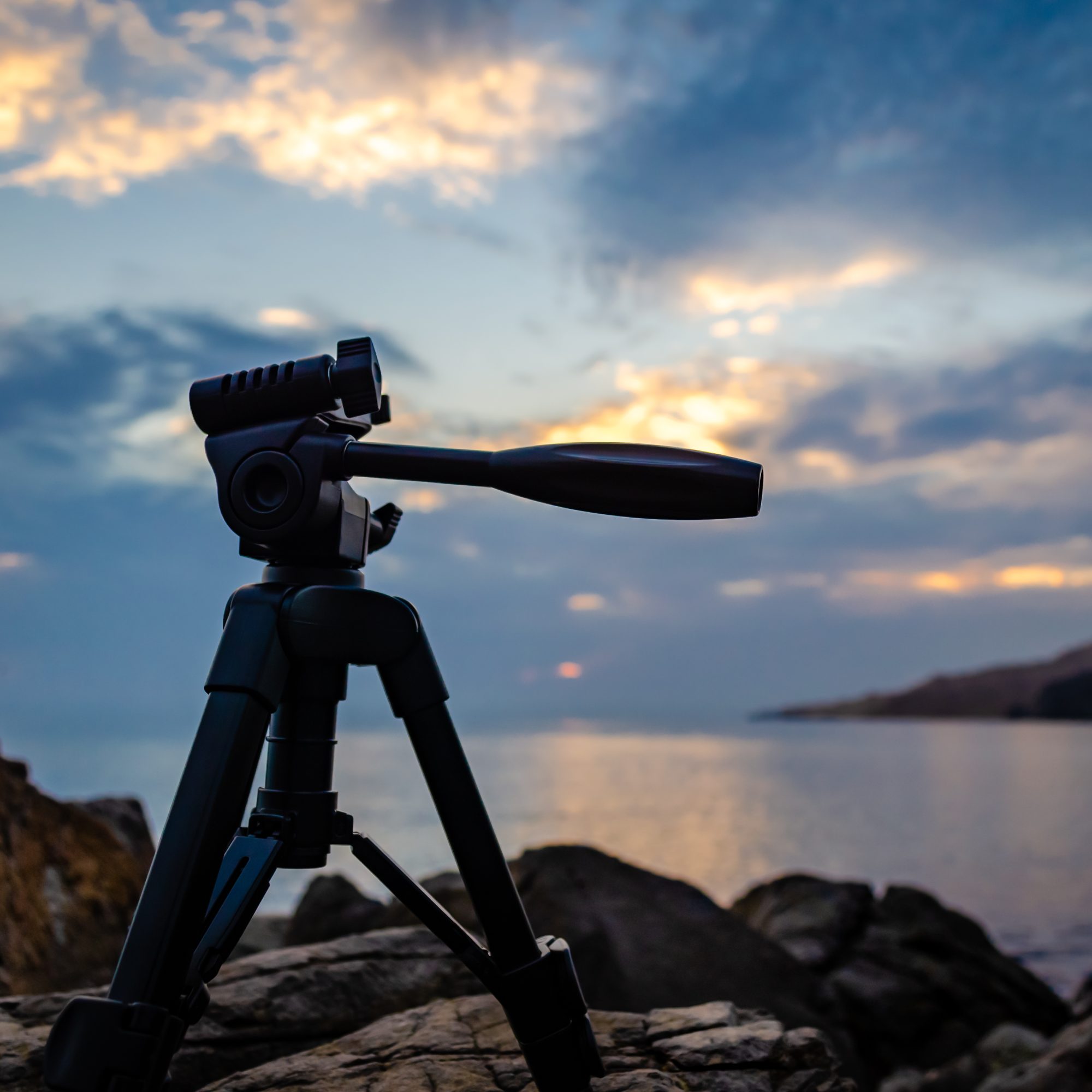Countless times, I’ve stood on a wind-swept hilltop, camera in hand, watching the sun dip below a majestic landscape. As the golden hues of the setting sun painted the sky, there was one nagging thought at the back of my mind: ‘Is my gear weatherproof enough to withstand this?’
Ever been in a similar situation? Well, as a travel photographer, it’s almost inevitable. Surprising as it may seem, studies show that one of the most common causes of professional camera damage is exposure to unforgiving weather elements. But fret no more! It’s high time to master the art of weatherproofing your photography kit.
The Prerequisites: Understanding Your Gear
Before we delve into the nitty-gritty of protecting your cherished equipment, a key facet of this process is comprehending what you own. It’s like knowing your best buddy’s quirks and preferences. ‘Does my lens hate dust?’ one might ask, or ‘Can my camera body take a splash of sea spray?’
I remember an incident, during my early days of photography, when I dismissed the idea of buying a rain cover for my newly-acquired DSLR. ‘Oh, it’s just a light drizzle,’ I thought, only to regret later when water seeped into the unassuming crevices of my camera body. That was one expensive and heart-wrenching lesson learned about the significance of weatherproof accessories.
Now, travel journaling tips often emphasise documenting the environment; every drop of rain, every gust of wind can breathe life into your pictures and stories. But without a weatherproof kit, you may miss out on capturing these stunning moments.
Checklist for Weatherproofing Your Equipment
Having weatherproof gear is the first line of defense, but it’s not the be-all and end-all. There are a plethora of accessories designed to shield your equipment from the harsh elements. Here are a few that are worth considering:
- Camera and Lens Covers: These are essential, especially for non-weather-sealed equipment. They come in various forms, from basic plastic bags to specialized covers. Remember the heartache I mentioned earlier about the rain-damaged DSLR? A decent rain cover might have saved the day.
- Underwater Housings: If your travel plans include diving or snorkeling, an underwater housing is a must. These protective shells can help you capture stunning underwater shots without worrying about water damage.
- Hard Cases with Foam Inserts: These cases can protect your gear from impact, dust, and even severe weather. They’re particularly useful when traveling to remote or rugged locations.
However, keep in mind that no solution is foolproof. Always double-check your gear before exposure to any extreme condition. If in doubt, play it safe rather than sorry.
Beyond Equipment: Weatherproofing Your Approach
The most vital aspect of weatherproofing, arguably, lies not in your gear but in your approach. It’s like a chess game; you have to anticipate the environment’s moves and prepare for them. Here are some tips:
- Forecast vigilance: Regularly check the weather forecast of your shooting location. This way, you can be better prepared for what Mother Nature has in store.
- Adaptable shooting technique: Be ready to adapt your shooting technique to counter the elements. Ever tried shooting one-handed while holding an umbrella? It’s tricky, but sometimes that’s what it takes to get that perfect shot.
- Mind the tide: If shooting near bodies of water, be mindful of tide timings. A seemingly safe spot could quickly become precarious.
In conclusion, ‘Conquer the Elements’ isn’t just about gear; it’s about preparation, adaptability, and a respect for nature’s unpredictability. So, will you let a little rain or wind stop you from capturing those breathtaking landscapes or vibrant cityscapes? Or will you rise above and seize the shot? Think on that.


0 Comment